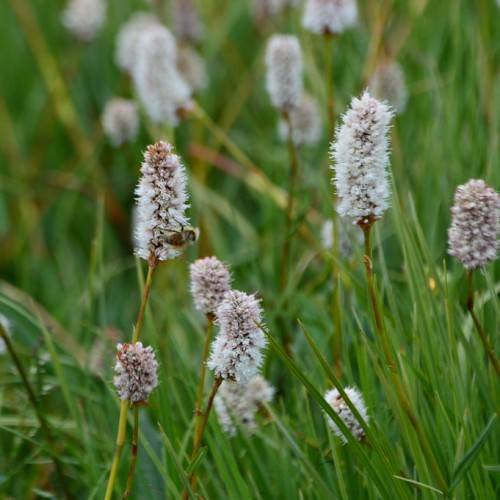
Western Bistort
Bistorta bistortoides
Watering:
Frequent
Hardiness Zone:
Flowers:
Flowers
Sun:
full sun,part shade
Cones:
Yes
Leaf:
Yes
Growth Rate:
Low
Drought Tolerant:
Yes
Salt Tolerant:
Yes
Invasive:
Yes
Tropical:
Yes
Care Level:
Medium
watering
Crowned Beggarticks thrives with frequent watering. They will remain healthy and produce attractive blooms when watered every 2 to 3 days with 1 inch of water each time. During periods of extreme heat, the plant should be watered more frequently, possibly daily. In cooler months, the frequency of watering can be reduced. If the soil begins to dry, the Crowned Beggarticks should be watered immediately. In general, water the plant in the morning when the temperature is relatively cool.
sunlight
Crowned beggarticks plants grow best in moist, well-draining soils and prefer full to partial sun exposure. Generally, when grown in full sun, the plants need a minimum of 6 hours of direct sunlight per day. When grown in partial sun, 4-6 hours per day is ideal. For this species, it is best to avoid intense sunlight for long periods, as it can result in drying out the soil.
pruning
For Crowned Beggarticks, pruning should occur every 4 weeks during the spring and summer time when soil temperatures are warmer. Pruning should focus mainly on removing spent flowers and promoting branching to keep the plant shapely and encourage branching and bushiness. Be sure to not prune more than 1-third of the plant at 1 time and use hand pruning sheers to cleanly remove stem or branch ends.
